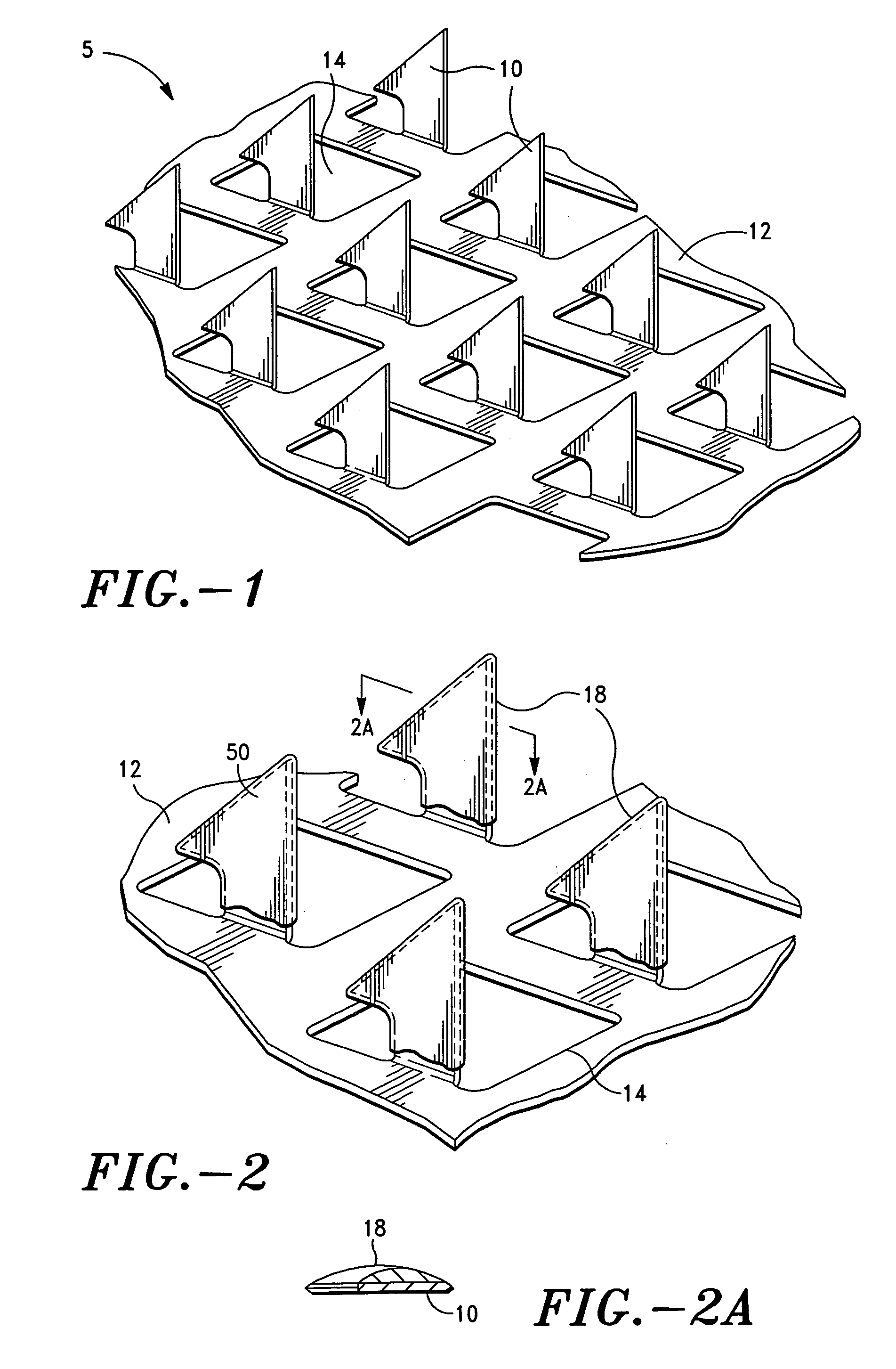Therapeutic peptide formulations with improved stability
a technology of stability and peptides, applied in the direction of depsipeptides, peptide/protein ingredients, inorganic non-active ingredients, etc., can solve the problems of unstable solution physical properties improve or optimal physical stability, enhance the shelf life of formulations
- Summary
- Abstract
- Description
- Claims
- Application Information
AI Technical Summary
Benefits of technology
Problems solved by technology
Method used
Image
Examples
example 1
Prior Art
[0123] A first lot of the GRF analog TH 9507 was prepared by Bachem AG. This lot included an acetate counterion at a molar ratio of about 6.5 to the peptide.
[0124] The peptide conformation in aqueous solution was found by FTIR to be mostly an alpha helix. The solution physical properties were also found to be unstable.
[0125] Solution viscosity increased as a function of storage time and fibrils started to appear in solution after only a few hours at room temperature (about 20° C.). FIGS. 6A and 6B are photomicrographs taken 6 hours after sample preparation. The noted photomicrographs visually demonstrate the formation of fibrils.
[0126] In this solution, fibril formation was found to be dependant upon the peptide concentration. At peptide concentrations of 1% and below, no fibril formation was observed. At peptide concentrations of 2% through 25%, observable fibril formation resulted within a few hours.
example 2
[0127] A second lot of the Growth Hormone Releasing Factor (GRF) analog TH 9507 was prepared by Bachem AG. This lot was found to contain equimolar amounts of the counterions acetate and chloride. The counterion mixture was present in a mole ratio to the TH 9507 in the range of about 4 to 1.
[0128] The peptide conformation in the solution was found by FTIR to present some beta sheet characteristics. Solutions of up to 7.5% peptide were found to be very stable (i.e., no fibril formation was observed during storage of the solution at room temperature).
[0129] Solution viscosity did not change after storage for several days at room temperature (about 20° C.) or after storage at 4° C. Neither storage condition resulted in visible fibrils in the formulation. FIGS. 7A and 7B are photomicrographs of samples of this formulation.
example 3
[0130] From the second lot of TH 9507 (Example 2), the hydrochloride form was synthesized by extensive dialysis of 10 mg solutions of TH 9507 acetate against a 10—4 M solution of hydrochloric acid. The resultant salt solution was subsequently lyophilized, yielding TH 9507 hexahydrochloride. This salt form was found to behave similarly to the first lot of TH9507 (i.e., the acetate salt of TH 9507). Thus, as in the acetate salt sample (Example 1), viscosity increased as a function of storage time and fibrils started to appear in solution after only a few hours at room temperature (about 20° C.).
PUM
| Property | Measurement | Unit |
|---|---|---|
| microprojection thickness | aaaaa | aaaaa |
| microprojection length | aaaaa | aaaaa |
| angle | aaaaa | aaaaa |
Abstract
Description
Claims
Application Information
 Login to View More
Login to View More - R&D
- Intellectual Property
- Life Sciences
- Materials
- Tech Scout
- Unparalleled Data Quality
- Higher Quality Content
- 60% Fewer Hallucinations
Browse by: Latest US Patents, China's latest patents, Technical Efficacy Thesaurus, Application Domain, Technology Topic, Popular Technical Reports.
© 2025 PatSnap. All rights reserved.Legal|Privacy policy|Modern Slavery Act Transparency Statement|Sitemap|About US| Contact US: help@patsnap.com



